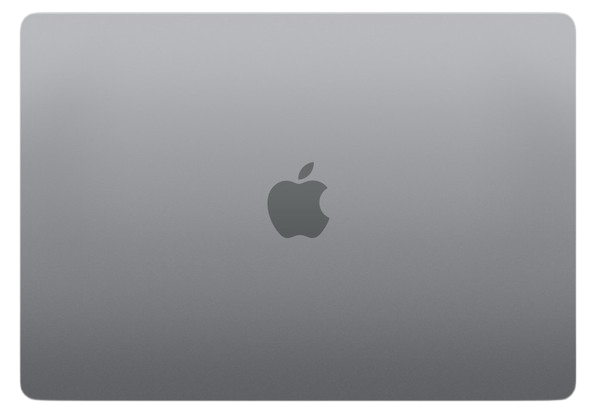Last week, I became the proud owner of a Space Grey MacBook Air. It was sleek, understated, and felt like a piece of the future nestled in my hands. Fast forward a few days, and the future shifted. With the unveiling of the M4 MacBook Air, a quiet casualty emerged: Space Grey, the color I’d just embraced, was no more.
This isn’t just about a color vanishing from a product line; it’s about the subtle evolution of design, the fleeting nature of trends, and the fascinating history of a hue that captured the tech world’s imagination. So, let’s take a moment to reflect on the rise and (apparent) fall of Space Grey.

From Humble Beginnings to Tech Icon:
Space Grey, in its essence, is a dark, muted shade of grey with a subtle hint of warmth. It’s a color that speaks of sophistication, professionalism, and a certain industrial chic. But it wasn’t always a tech darling.
- The Rise of Minimalism: The color’s popularity is deeply intertwined with the rise of minimalist design. In the early 2010s, as tech products sought to shed their bulky, plastic forms, Space Grey offered a refined alternative to stark white or stark black. It conveyed a sense of premium quality and understated elegance.
- Apple’s Embrace: Apple played a pivotal role in popularizing Space Grey. It first appeared on the Apple Watch in 2014, and then gradually spread across the Mac, iPhone, and iPad lines. It became synonymous with Apple’s design philosophy, representing a blend of modern aesthetics and functional simplicity.
- A Symbol of Professionalism: Space Grey quickly became the color of choice for professionals. It projected an image of seriousness and competence, making it a popular option for laptops, desktops, and other work-related devices. It was the color of the modern office.
- The Psychology of Grey: Grey, in general, is often associated with neutrality, balance, and practicality. Space Grey, with its subtle warmth, added a touch of approachability to these qualities. It wasn’t as stark as pure black, nor as clinical as pure white. It offered a comfortable middle ground.
The Shifting Sands of Design:
So, why the sudden departure? Design trends are cyclical, and what’s popular today may be outdated tomorrow.
- The Return of Color: In recent years, we’ve seen a resurgence of color in tech. From vibrant phone hues to playful laptop finishes, there’s a growing desire for individuality and self-expression. Space Grey, while elegant, might have started to feel a bit too safe, too ubiquitous.
- The Pursuit of Freshness: Companies are constantly seeking to refresh their product lines and create a sense of novelty. Introducing new colors is a simple yet effective way to achieve this.
- Material and Manufacturing: It is also possible that the manufacturing process of the new M4 macbook air, and the new colours that are used, are more effecient to produce, or more environmentally friendly.
A Quiet Legacy:
While Space Grey may be fading from Apple’s current lineup, its impact on tech design is undeniable. It helped define an era of minimalism and sophistication, and its influence can still be seen in countless products.
For me, my Space Grey MacBook Air will serve as a reminder of this fascinating chapter in design history. It’s a subtle, elegant piece of technology that carries with it the echoes of a trend that shaped the modern tech landscape.
And who knows? Perhaps, like all good trends, Space Grey will make a comeback one day. Until then, it remains a quiet, sophisticated shadow in the annals of tech design.